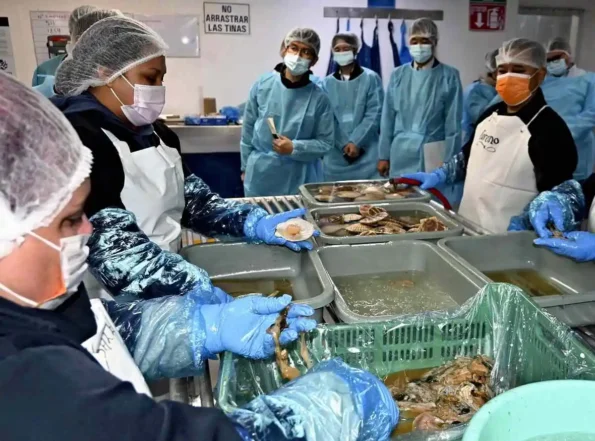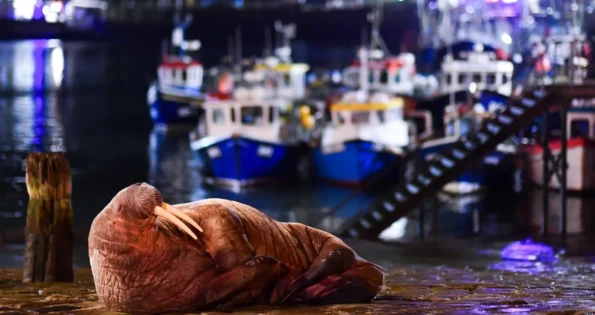
Japan Businesses Inspect Scallop Processing in Mexico; U.S. Market in Mind Amid China’s Import Ban on Seafood
Kayo Goto / The Yomiuri Shimbun Japanese businesspeople observe scallop processing at a factory in Ensenada, Mexico, on Friday. By Kayo Goto / Yomiuri Shimbun Correspondent 16:09 JST, March 17, 2024 ENSENADA, Mexico — Japanese businesspeople inspected scallop processing at factories in northwestern Mexico on Friday in a bid to export the seafood to the United States. Amid China’s import ban on Japanese marine products, the U.S. is seen as an alternative destination. Representatives from 14 companies, mostly in the fishing industry, observed the plants in Ensenada that have started processing the shells on a trial basis. The tour was organized by the Japan External Trade Organization in response to China’s import ban on Japanese marine products following last year’s release of treated water into the sea from the Fukushima No. 1 nuclear power plant. Importing bivalves from Japan is prohibited in the United States. They must first be processed and have their adductors taken out before being shipped to the country. Factories in China used to process many Japanese scallops before banning marine products from Japan. Mexico is considered a potential alternative for processing scallops since it is close to the huge market in the United States and has cheap labor costs. Until now, the Ensenada plant had never processed scallops, Ragnar Gutierrez, director general of one of the processing companies, said, expressing his willingness to train workers and increase investment for that purpose. “Business” POPULAR ARTICLE







